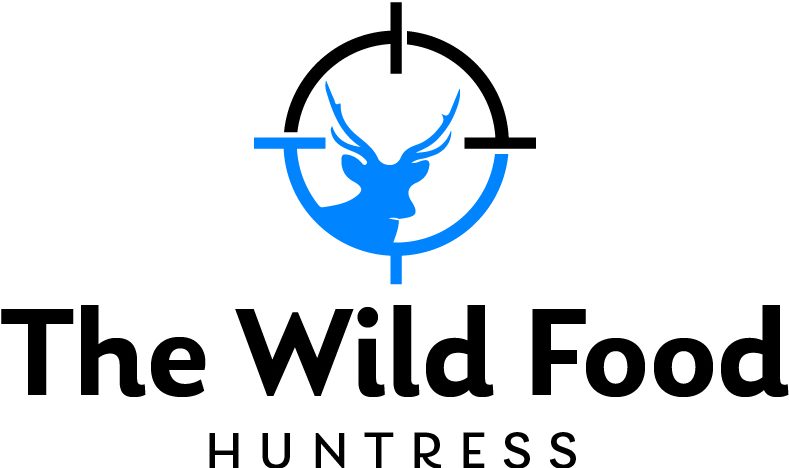MOLD has expanded with a print publication about the future of food. MOLD’s first issue, which Kickstarter funded, will be available in June. Yuan and members of the Innovation Group met in advance to discuss food design, microbes, and the issue with Soylent.
What is the mission of MOLD, please?
MOLD was launched in 2014 to explore how design can transform the way we eat and consume food in the future. UN report stated that if we eat and drink the same way as we do now, by 2030, we will not be able to produce enough food for everyone on Earth. This was an alarming statistic.
The design seemed to be a good fit as both a tool and lens for solving problems. MOLD’s approach to food design is one of many possible approaches. It’s urgent, but it is also important to me. This is the area where designers can have the greatest impact. They can efficiently feed people nutritious food.
Why start a print publication?
As a whole, food design is a new design practice. The definitions for food design are varied. Print was the ideal medium for exploring what food design actually is and can be. It also allowed us to look at the subject more thematically. Print is the best way to clearly define these boundaries, as digital media can’t do it.
When I imagined the platform, I wanted it to be clear that this is not a food-related website. I tried to use a word that was somewhat anti-food. Molds are traditionally used to transform many foods into delicious foods. Molds are also used to make soy sauce, cheeses, and tempeh. It’s a key ingredient in an ancient method of cooking.
In industrial processes, mold is used to create shapes. So, I really wanted to emphasize that MOLD was a design site. The focus is just on the role that design plays in the food landscape.
What is the current state of food design?
A small number of design schools offer food design programs. Even within these design schools, there are different approaches to food design.
Marije Vogelzang, a Dutch food designer with a conceptual approach to design, has been gaining traction in the Netherlands. Her program is Food Non-Food. This is the first bachelor’s program in food design. The program at Politecnico di Milano in Milan is a complete industry-focused program. They’re working on packaging, transportation, new foods, and snack foods. These are two very different approaches to food design.
In the first issue, we will be designing for microbiomes. I wanted to make the first issue a little challenging. We’re not delivering a recipe-based food magazine. But I wanted it to also be about design. This idea speaks to the moment we are in when we have the science and technology to design microorganisms.
Synthetic microbiology is a brand-new area of design. Recent scientific research has also been published that identifies the fact that microbes living in our guts control everything from our immune systems to our digestive and ecological health. Thirdly, there was a renewed interest in fermenting foods in restaurants and wellness centers. These three elements are interconnected interestingly, and they speak to a particular design process.
The second issue will be about traditional design. How do our dining furniture, utensils, plates, cups,s and other dining accessories influence the rituals of dining? How can designers rethink these things as we prepare for new ways to eat? How can designers play a part in shaping the types of rituals deeply embedded in culture and identity?
We will be publishing a special issue on new agricultural systems. Home hydroponics and even kitchen gardens are starting to take over. Most of the products on the market do not have a good design. The end-user’s experience of growing living things at home is not taken into consideration. These innovations must be successful at a human level in order to be successful. I hope designers are inspired to play a part in this movement.
Do you have any specific examples of your research that you would like to share?
A story that I find really interesting is how brands are embracing prebiotics and probiotics in their product. Yogurt is a pioneer in this area. Yogurt is traditionally made using bacteria that ferment milk. Prebiotics and Probiotics are now being found in everything from chocolate to granola.
Soylent is one brand that is worth paying attention to. It is highly design-driven. They are very careful about the story they tell. The fact that the product was sterile and that they claimed to have “all that you need” when they first launched has caused problems. This is why they are now backing off that claim as they move on to other types of products.
Kwang Uh is the cofounder and chef at Baroo, located in Los Angeles. He is leading a New American fermentation revival. I was so excited to visit his restaurant. In the issue, he writes about his philosophy of fermentation and how it is so important to him. There are also stories of this type. Many websites allow consumers to diagnose their gut makeup or biology. You can send a sample to the American Gut Project. They will send you information about what bacteria are dominant in your gut. I believe that this is the beginning of an even larger biohacking trend that we will see in the near future.


